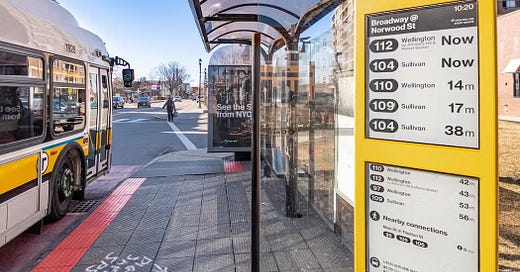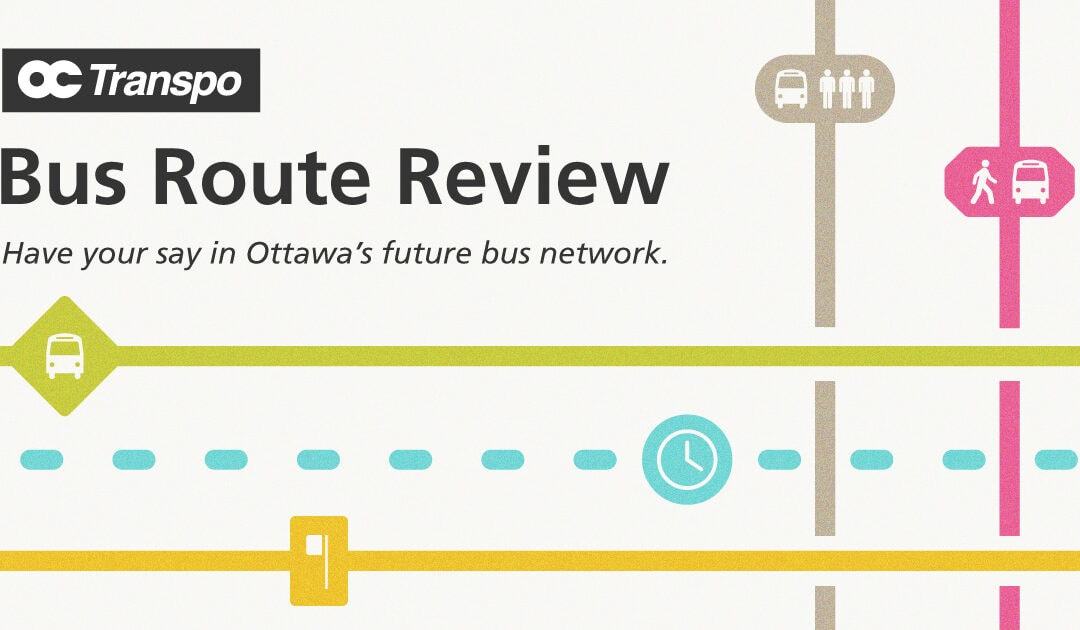A few stories about transit from the past few weeks…
TVO: Transit is in big trouble. Here’s what to do about it
“Governments often want to bankroll transit expansion (think new rail lines) and this is welcome. But more urgent now is funding day-to-day operations — that is, covering such costs as drivers’ salaries and vehicle maintenance. These items are not glamorous — there’s no ribbon-cutting when you send a bus operator her paycheque — but without them no transit agency can function.”
Vox: How to save America’s public transit systems from a doom spiral
A long piece that covers post-pandemic transit from a number of angles, including a look back at how 20th-century suburbanization triggered a similar fiscal crisis for transit: “With transit companies teetering on the brink of collapse after World War II, local and state governments intervened to prevent service from disappearing altogether… Only with the 1964 Urban Mass Transportation Act did Congress start to provide a modicum of financial support for transit. But it came with a big catch: The feds would subsidize capital expenditures, such as purchasing new buses or building a new rail line, rather than the ongoing provision of service…”
From CUTA: “Re-Attracting Customers Through Fare Policy”
An interesting evaluation of 12 “fare products” that various transit agencies are using to attract and retain riders. CUTA is the Canadian Urban Transit Association, representing Canadian transit organizations in the public and private sector. Visit the link for definitions and a breakdown of the analysis.
(In the next few weeks OC Transpo will be allowing customers to pay bus and trane fare with a credit card, or Apple Pay / Google Wallet on a phone, instead of with a Presto payment card. That should be a major improvement to simplicity and accessibility.)
OC Transpo: Realtime Customer Information
A slide deck from a recent Transit Commission meeting with an overview of new technology being deployed to improve communication with passengers. It includes more robust real-time data and GPS launching this summer to integrate with apps like Transit; first-stop prediction; and piloting e-ink screens at bus stops.
E-ink, or e-paper, or digital paper, are small and relatively inexpensive solar-powered screens used to replace paper schedules at bus stops. There are several vendors offering this and we’re starting to see pilot projects in different cities. (You’ve probably seen these already at grocery stores where they are being used for digital price tags on shelves.)
Smartphone schedule apps are incredibly useful for passengers, but not everyone has access to a mobile device at all times. This new technology could be a solution.
(There’s a lot of excitement and ideas about how data can be used to improve transit reliability and service in our City and I’m really looking forward to seeing how OC Transpo, developers, and even hobbyists are able to build on OC Transpo’s data to create a better rider experience.)
OC Transpo Route Review
If you’re in Ottawa, please take a moment to participate in the OC Transpo Route Review. There’s a survey open until June 2 and several open houses in the coming weeks, including a virtual open house on Tuesday. Your feedback will help shape a new transit network that is better matched to evolving travel and mobility requirements in our city.








